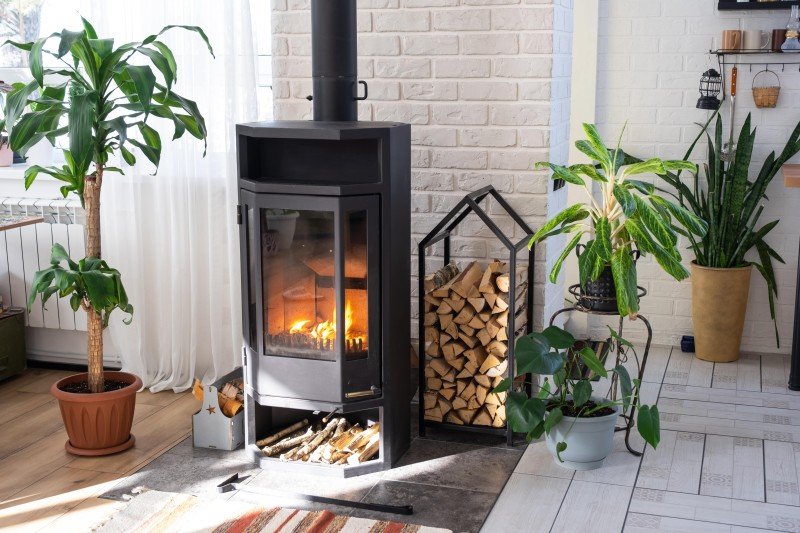The Charm and Functionality of Fireplaces: A Comprehensive Guide
Fireplaces have long been a main feature in homes, representing heat, companionship, and convenience. They are available in numerous styles, materials, and fuel types, dealing with the choices and requirements of diverse homeowners. This article delves into the multifaceted world of fireplaces, exploring their history, types, installation considerations, and upkeep suggestions, while providing FAQs to address common questions.
A Brief History of Fireplaces
Historically, fireplaces served as the cornerstone for cooking and heating homes. In ancient times, an open hearth was typically put in the center of a dwelling. Over Fireplaces Deals , architectural developments facilitated the advancement of more advanced designs, developing from easy stone structures to elaborate mantels that preside over modern living spaces.
Secret Historical Milestones:
- Ancient Times: Open fires in caverns and primitive huts for heat and cooking.
- Middle Ages: Large, frequently centralized chimney structures in excellent halls of castles.
- Renaissance: Decorative mantels and designs gain popularity, with the fireplace ending up being a symbol of wealth and status.
- Industrial Revolution: Advancements in products and making enable a wider range of fireplace styles.
- Modern Era: Gas and electric fireplaces end up being commonplace, permitting increased benefit and security.
Kinds of Fireplaces
Today, many types of fireplaces are available, each with its distinct characteristics. Below is a breakdown of the most typical types:
| Fireplace Type | Description | Pros | Cons |
|---|---|---|---|
| Wood-Burning | Traditional fireplaces sustained by wood. | Authentic experience, heat output. | Labor-intensive, needs appropriate venting/maintenance. |
| Gas | Fireplaces that utilize gas or propane. | Easy to utilize and maintain. | Less ambiance compared to wood. |
| Electric | Uses electrical energy to produce heat and flames. | Safe, no venting required. | Limited heat output, greater energy expenses. |
| Bioethanol | Uses bioethanol fuel, producing clean flames. | Eco-friendly, portable. | Requires routine refueling. |
| Pellet | Utilizes compressed wood pellets as fuel. | Clean burning, sustainable. | Needs power for operation. |
Extra Considerations
When choosing a fireplace, it is necessary to consider aspects such as:
- Fuel Availability: Consider what fuels are easily available in your location.
- Area and Aesthetics: The size of your living location and your style preferences must guide your choice.
- Building Regulations: Always speak with regional policies to guarantee compliance and safety.
Installation Considerations
Installing a fireplace involves more than simply positioning a structure in your house. Thorough preparation, professional input, and adherence to safety codes are paramount. Here are some critical steps:
- Planning: Consider the size and kind of fireplace, where it will be positioned, and its designated usage.
- Consultation: Hire a licensed specialist to assess your home and make sure appropriate installation.
- Permits: Obtain any necessary structure licenses from local authorities.
- Materials: Select proper materials for the fireplace and surrounding location. Guarantee they are fireproof and designed for your fuel type.
Upkeep Tips for Fireplaces
Regular maintenance guarantees your fireplace operates safely and effectively. Here are necessary maintenance tips classified by fireplace type:
Wood-Burning Fireplaces
- Chimney Cleaning: Have your chimney cleaned up each year to prevent creosote accumulation.
- Examine for Damage: Check for cracks and damage to the firebox and chimney structure.
- Fire wood Storage: Store fire wood far from your home to prevent bug problems.
Gas Fireplaces
- Log Inspection: Regularly examine ceramic logs for cracks and replace if essential.
- Vent Cleaning: Ensure that vents are totally free from obstructions.
- Pilot Burner Check: Test pilot lights and ignition systems routinely.
Electric Fireplaces
- Cable Inspection: Frequently check electrical cables for tearing or use.
- Tidy Surfaces: Wipe down surface areas routinely to get rid of dust and particles.
- Smoke alarm: Ensure smoke alarm in the area are practical.
Bioethanol and Pellet Fireplaces
- Fuel Storage: Store fuels in a cool, dry location far from direct sunlight.
- Routine Refueling: Monitor fuel levels and refuel as needed.
- Ventilation: Ensure appropriate ventilation when utilizing these fireplaces.
Frequently asked questions About Fireplaces
Q1: Do I require a license to set up a fireplace?
Yes, a lot of municipalities need authorizations for fireplace installations to guarantee safety and compliance with local building regulations.
Q2: How typically should I clean my chimney?
It is recommended to have your chimney cleaned up at least once a year, especially if you utilize your fireplace regularly.
Q3: Can I transform a wood-burning fireplace to gas?
Yes, numerous property owners convert wood-burning fireplaces to gas for benefit, however speaking with a professional is recommended to make sure an appropriate conversion.
Q4: Do electric fireplaces produce heat?
Yes, electric fireplaces can produce heat; however, their primary function is typically for atmosphere, making them an appropriate option for those who desire a fire look without comprehensive heating.
Q5: Are bioethanol fireplaces safe?
Bioethanol fireplaces are generally safe when used correctly; however, they require appropriate ventilation, and users need to follow all producer standards.
Fireplaces not just add visual attract homes however also provide useful heating options. With various types, styles, and maintenance requirements, homeowners can make informed choices that best fit their requirements and way of lives. Whether opting for the appeal of a wood-burning fireplace or the convenience of a gas model, a fireplace can significantly improve a home's convenience and atmosphere. As the hearth remains a focal point in homes, it continues to cultivate heat, conversation, and connections amongst friends and family.

